Effective security begins with visibility and control. Vulnerabilities are signals that shape stronger systems. When organizations understand this fundamental shift in perspective, they stop reacting to threats and start building resilience into their operational fabric.
In 2024, 26% of attacks on critical infrastructure targeted public-facing applications, revealing how exposure often starts with unmanaged visibility. The average global breach cost reached $4.88 million, underscoring the impact of disciplined visibility and rapid response. These numbers tell a story that every security leader knows intuitively: the organizations that thrive are those that treat vulnerability management as a continuous discipline rather than a periodic audit activity.
The challenge most organizations face involves the absence of a structured approach that connects discovery, prioritization, remediation, and measurement into a coherent system. Resilience begins where visibility meets intent, and that intersection is precisely where effective vulnerability management programs operate.
Understanding Vulnerability Management
A Vulnerability Management (VM) Program is a continuous, intelligence-led discipline that identifies, prioritizes, and remediates exposure across digital assets. The goal centers on building a system that consistently identifies what matters most and ensures those items receive appropriate attention.
The foundation rests on five core pillars. First, comprehensive asset discovery ensures you know what you are protecting. Second, continuous scanning maintains current awareness of your security posture. Third, contextual risk prioritization separates signal from noise. Fourth, structured remediation workflows transform findings into action. Finally, governance and reporting create accountability and demonstrate progress.
Over 300,000 unique vulnerabilities have been cataloged since 1993, with nearly 65,000 associated exploits. The scale matters, but what matters more is knowing which ones demand your attention right now. A mature vulnerability management program builds intelligence into the prioritization process, ensuring that resources flow toward the exposures that pose genuine business risk.
Visibility before vulnerability is the operating principle here. Awareness creates control, and control emerges from systematic processes that operate consistently regardless of staff changes or organizational restructuring. When vulnerability management becomes embedded in how an organization operates, security transforms from a reactive function into a proactive capability.
The Modern Approach to Vulnerability Management
Today's threat landscape evolves faster than static controls can adapt. Modern programs must integrate automation, context, and ownership into every phase of the vulnerability lifecycle. The organizations that excel at this integration share several common characteristics.
They are scaling visibility across hybrid environments where applications run simultaneously in cloud platforms, on-premises data centers, and edge locations. They are prioritizing vulnerabilities by business impact rather than relying solely on generic severity scores. They are aligning teams through structured workflows that eliminate confusion about who owns which remediation tasks.
Here is something worth noting: According to IBM, identity-based intrusions now represent 30% of total attacks. This shift reflects how threat actors have evolved their tactics. When attackers can compromise legitimate credentials, traditional perimeter defenses become far less effective. Modern vulnerability management programs turn intelligence into actionable precision by incorporating identity and access patterns into their risk models.
Context builds clarity, and clarity drives protection, and a vulnerability that would be critical in one context might be manageable in another. The difference often comes down to factors like exposure to the internet, the sensitivity of accessible data, the presence of compensating controls, and the business criticality of the affected system. Effective programs capture these contextual factors and use them to guide prioritization decisions.
Designing a Program That Works
A successful vulnerability management program connects intelligence, ownership, and measurable outcomes. The components I am about to describe work together as an integrated system, and that integration is what separates programs that deliver value from those that consume resources without meaningful security improvement.
Build a Real-Time Asset Inventory
Begin with continuous asset discovery across endpoints, APIs, cloud workloads, and internal systems. Leverage automated discovery tools for real-time accuracy. Your goal is unified and living visibility of the attack surface.
The challenge with asset inventory involves maintaining accuracy as infrastructure changes. Cloud resources spin up and down. Developers create test environments. Acquisitions add new infrastructure. A static inventory becomes outdated within a matter of weeks.
Continuous discovery addresses this by treating asset inventory as a dynamic dataset rather than a static report. When new assets appear, they are automatically incorporated into scanning and monitoring processes. When assets are decommissioned, they are removed from active management. This dynamic approach ensures that your vulnerability management program operates on current information rather than historical snapshots.
What is visible can be secured, and what remains invisible poses a risk that you can neither quantify nor manage effectively.
Define Contextual Risk Models
Move beyond static scoring. Prioritize vulnerabilities by impact, exploitability, and exposure context using live threat data. Align every risk with its corresponding business function and identity layer.
Generic vulnerability scoring systems like CVSS provide a useful baseline, but they cannot account for your specific environment and business context. A critical vulnerability in a customer-facing API demands a different urgency than the same vulnerability in an isolated test environment. The CVSS score might be identical, but the business risk is dramatically different.
Contextual risk models incorporate factors like whether exploit code is publicly available, whether the vulnerability is being actively exploited in the wild, what data or functions the vulnerable system can access, and how exposed the system is to potential attackers. These models transform generic severity ratings into specific guidance about what requires immediate attention versus what can wait for the next maintenance window.
Prioritization rooted in context creates measurable defense because it ensures that remediation efforts focus on reducing actual business risk rather than simply checking items off a list.
Enable Continuous Detection and Validation
Pair automation with expert-led validation for critical assets. Update continuously as new exploit data and intelligence evolve.
About 25% of known vulnerabilities now have weaponized exploits available. This statistic highlights why validation matters. Some findings are false positives. Others identify theoretical vulnerabilities that would be extremely difficult to exploit in your specific configuration. Validation ensures focus remains on what truly matters.
Automation scales action by enabling continuous scanning across large environments. A human team would struggle to manually assess thousands of systems daily, but automated tools can. The combination of automated detection and targeted validation for critical assets provides both scale and accuracy while avoiding noise that obscures genuine risks.
Operationalize Remediation and Ownership
Define accountability across IT, DevOps, and SecOps. Integrate workflows with platforms such as JIRA or ServiceNow to streamline task ownership.
One of the most common failure points in vulnerability management programs is the gap between identification and remediation. Security teams discover vulnerabilities, generate reports, and send them to operations teams. Progress often stalls as everyone waits for someone else to take ownership.
Operationalizing remediation means building clear processes where specific people or teams own specific types of remediation tasks. It means integrating with the workflow tools those teams already use rather than expecting them to check another dashboard. It means establishing service level agreements that create predictable response cycles.
Adopt SLA tiers for predictable response cycles. Critical vulnerabilities should be addressed within seven days. High-risk items within fifteen days. Medium and low severity items can be addressed during regular maintenance cycles. These timeframes provide structure while allowing flexibility for operational realities.
Ownership transforms awareness into consistency. When everyone knows who owns what and when action should occur, vulnerability management becomes operational rather than aspirational.
Measure, Report, and Evolve
Measurement builds maturity. Track metrics like Mean Time to Remediate (MTTR), SLA adherence rate, and patch adoption trends. Feed this intelligence into quarterly improvement cycles.
Metrics convert precision into performance by creating visibility into program effectiveness. MTTR shows how quickly your organization responds to discovered vulnerabilities. SLA adherence demonstrates whether your processes are working as designed. Patch adoption trends reveal whether updates are being deployed consistently across your environment.
These metrics serve two purposes. First, they provide operational feedback that helps identify process bottlenecks or resource constraints. Second, they demonstrate program value to leadership and stakeholders. When you can show that MTTR has decreased by 40% over six months, you are providing concrete evidence that investments in vulnerability management are producing measurable outcomes.
Program Maturity Framework
Vulnerability management programs typically evolve through three stages. In the reactive stage, organizations discover vulnerabilities primarily when incidents occur or during periodic assessments. This approach results in unstructured cycles where effort spikes around audit periods but remains minimal at other times.
The structured stage introduces SLA-based remediation and regular scanning schedules. Organizations at this level have predictable control and can demonstrate consistent progress. Most mature organizations operate at this level.
The predictive stage incorporates intelligence-led validation where threat intelligence and business context guide prioritization and proactive security improvements. Organizations at this level maintain continuous assurance rather than periodic validation.
Every program evolves from reactive to predictive, and discipline defines the journey. The transition between stages requires both technical capability and organizational maturity. You can accelerate progression by learning from organizations that have made the journey successfully.
Integrate With DevSecOps
When security becomes part of the creation process rather than a checkpoint at the end, teams ship faster with confidence. Developers receive vulnerability feedback while code is fresh in their minds rather than weeks or months after deployment. Security teams focus their attention on validation and high-risk findings rather than hunting for basic configuration errors that could have been caught earlier.
This integration requires collaboration between security and development teams to establish workflows that provide value without creating friction. When done well, developers view security findings as helpful feedback rather than obstacles, and security teams gain confidence that applications are being built with security in mind from the beginning.
When creation aligns with security, innovation scales confidently because security becomes an enabler rather than a barrier to velocity.
Governance, Compliance, and Executive Reporting
A structured vulnerability management program naturally aligns with ISO 27001, SOC 2, and PCI DSS frameworks. Build dashboards that translate technical insights into strategic outcomes for leadership.
Compliance frameworks require evidence of ongoing vulnerability management activities. A mature program generates this evidence as a natural byproduct of operations rather than requiring special effort during audit periods. Vulnerability trend reporting shows auditors that you are maintaining consistent awareness. SLA and MTTR tracking demonstrate that you are addressing findings systematically. Quantified risk reduction metrics prove that your program is producing measurable security improvement.
Executive reporting requires a different approach than operational metrics. Leadership needs to understand business risk and program effectiveness rather than technical details. Dashboards for executives should focus on trends, comparative metrics, and risk exposure rather than individual vulnerabilities or technical specifics.
Governance translates precision into trust by demonstrating that security operations are systematic, measurable, and improving over time.
The AppSecure Approach
AppSecure's vulnerability management framework is designed for speed, clarity, and control, built on three principles that reflect how modern organizations need to operate.
Contextual Prioritization goes beyond CVSS scores to correlate exploit data with business logic exposure, ensuring remediation aligns with operational value. We help organizations understand what actually matters to their business operations and risk profile, moving past generic vulnerability lists.
Continuous Validation combines automated detection with expert validation for zero false assurance. Automation provides scale and consistency, while validation ensures that resources focus on genuine risks rather than theoretical vulnerabilities or false positives.
Measurable Maturity uses data-driven improvement cycles that reduce MTTR and strengthen predictability. Every engagement generates baseline metrics, establishes improvement targets, and tracks progress against those targets. This approach ensures that security investments produce quantifiable outcomes.
The result is that enterprises achieve consistent visibility, actionable prioritization, and quantifiable progress. At AppSecure, vulnerability management focuses on securing smarter through systematic processes that adapt to each organization's unique environment and risk profile.
Our structured methodology has helped organizations reduce MTTR by over 40%, converting reactive control into continuous assurance. These improvements come from building systematic processes that leverage existing resources more effectively rather than requiring additional tools or staff.
Executive Impact and The ROI of Discipline
For CISOs, a modern vulnerability management program represents proof of resilience. It demonstrates that every investment in visibility, validation, and automation directly translates into reduced audit overheads, strengthened compliance posture, and measurable operational uptime.
The return on investment manifests in several ways. Direct cost avoidance comes from preventing breaches that would have resulted from unmanaged vulnerabilities. Efficiency gains emerge as systematic processes replace ad-hoc firefighting. Compliance benefits reduce audit costs and accelerate certification processes. Operational improvements result from more stable systems with fewer security-related outages.
Every metric that improves visibility also improves trust — trust from customers who rely on your services, trust from partners who integrate with your systems, trust from regulators who oversee your industry, and trust from executives who need confidence that security investments are producing real results.
FAQs
1. What differentiates vulnerability assessment from management?
Assessment captures exposure at a point in time. Management sustains visibility continuously through ongoing processes that discover, prioritize, and remediate vulnerabilities as part of regular operations.
2. How frequently should scans occur?
Continuously for most assets, with targeted validation for mission-critical systems. Modern infrastructure changes constantly, and your vulnerability management program should maintain awareness of those changes.
3. How is program maturity measured?
Through operational metrics like MTTR, SLA adherence, and recurring vulnerability reduction rates. Mature programs show consistent improvement in these metrics over time.
4. How does vulnerability management enhance compliance?
It provides verifiable evidence of ongoing control effectiveness. Auditors can see that you are identifying vulnerabilities and systematically addressing them according to defined processes and timeframes.
The Modern Threat Landscape
Understanding current threat patterns helps contextualize why vulnerability management matters and where to focus program development efforts.
Public-facing applications receive 26% of attacks on critical infrastructure, highlighting the need to strengthen visibility across external surfaces. According to the IBM X Force Threat Intelligence Index report, Identity-based intrusions represent 30% of attacks, emphasizing the importance of reinforcing identity and access control as part of the vulnerability context. Weaponized vulnerabilities exist for 25% of CVEs, making it essential to focus on exploit-backed risks rather than theoretical vulnerabilities. Ransomware activity accounts for 28% of incidents, underlining the value of layered defense and rapid restoration capabilities. The average breach cost of $4.88 million makes clear that prioritizing risk reduction investments produces tangible financial benefits.
Vulnerability management represents an evolving discipline of precision, ownership, and trust. Organizations that embrace this perspective build programs that deliver consistent value rather than periodic reports that gather dust until the next audit cycle.
AppSecure empowers this discipline through structure, intelligence, and measurable outcomes. We help organizations transform vulnerability data into strategic advantage, building programs that anticipate threats through systematic processes that improve over time.
Because in the end, security focuses on knowing which vulnerabilities matter, acting on them with clarity, and building systems that grow stronger with every insight. The organizations that master this discipline build resilience that enables business growth and innovation while protecting their assets. If you are ready to transform your vulnerability management approach then, Book a Free Consultation call now.
%20(1).png)
Tejas K. Dhokane is a marketing associate at AppSecure Security, driving initiatives across strategy, communication, and brand positioning. He works closely with security and engineering teams to translate technical depth into clear value propositions, build campaigns that resonate with CISOs and risk leaders, and strengthen AppSecure’s presence across digital channels. His work spans content, GTM, messaging architecture, and narrative development supporting AppSecure’s mission to bring disciplined, expert-led security testing to global enterprises.



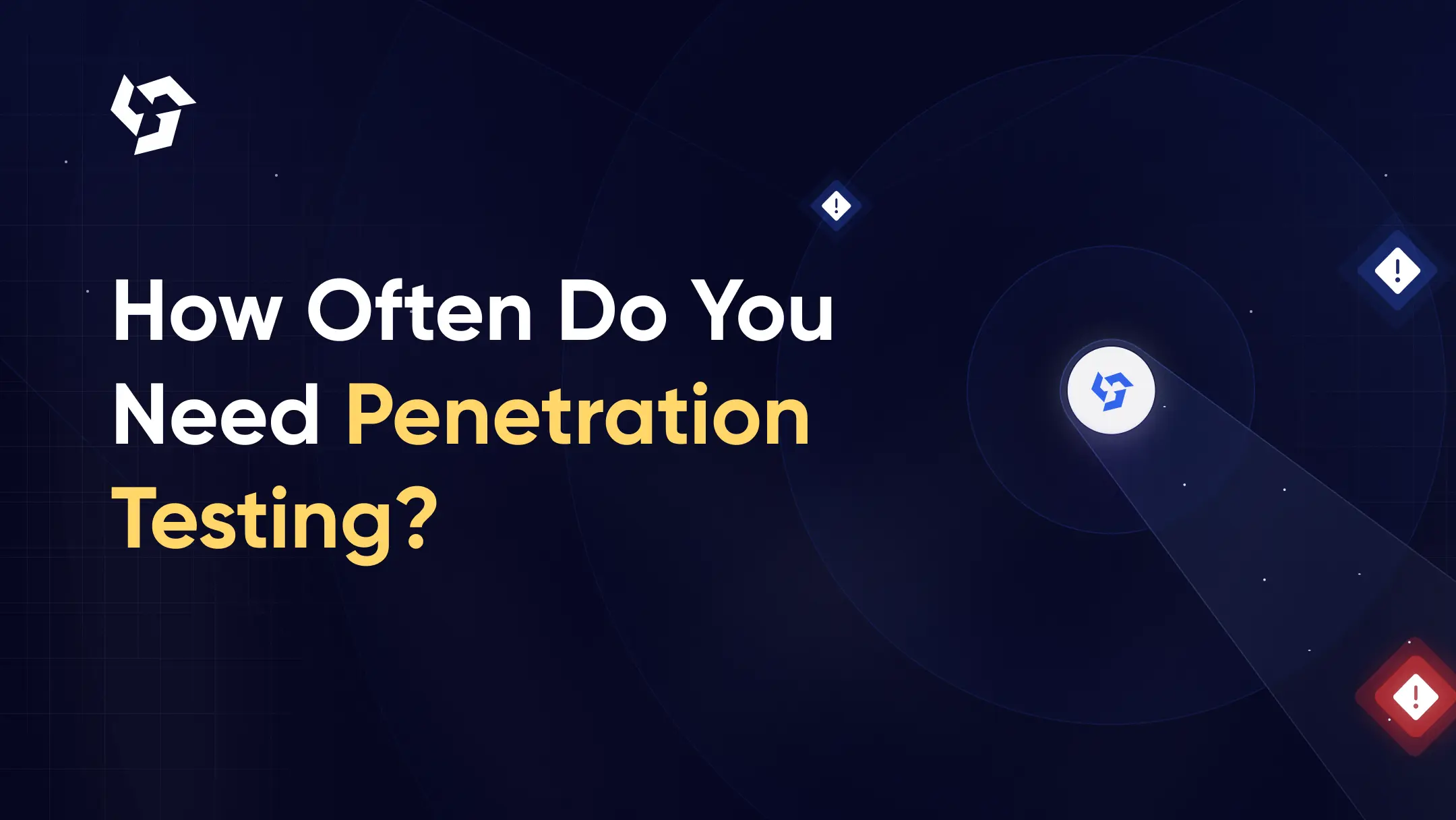
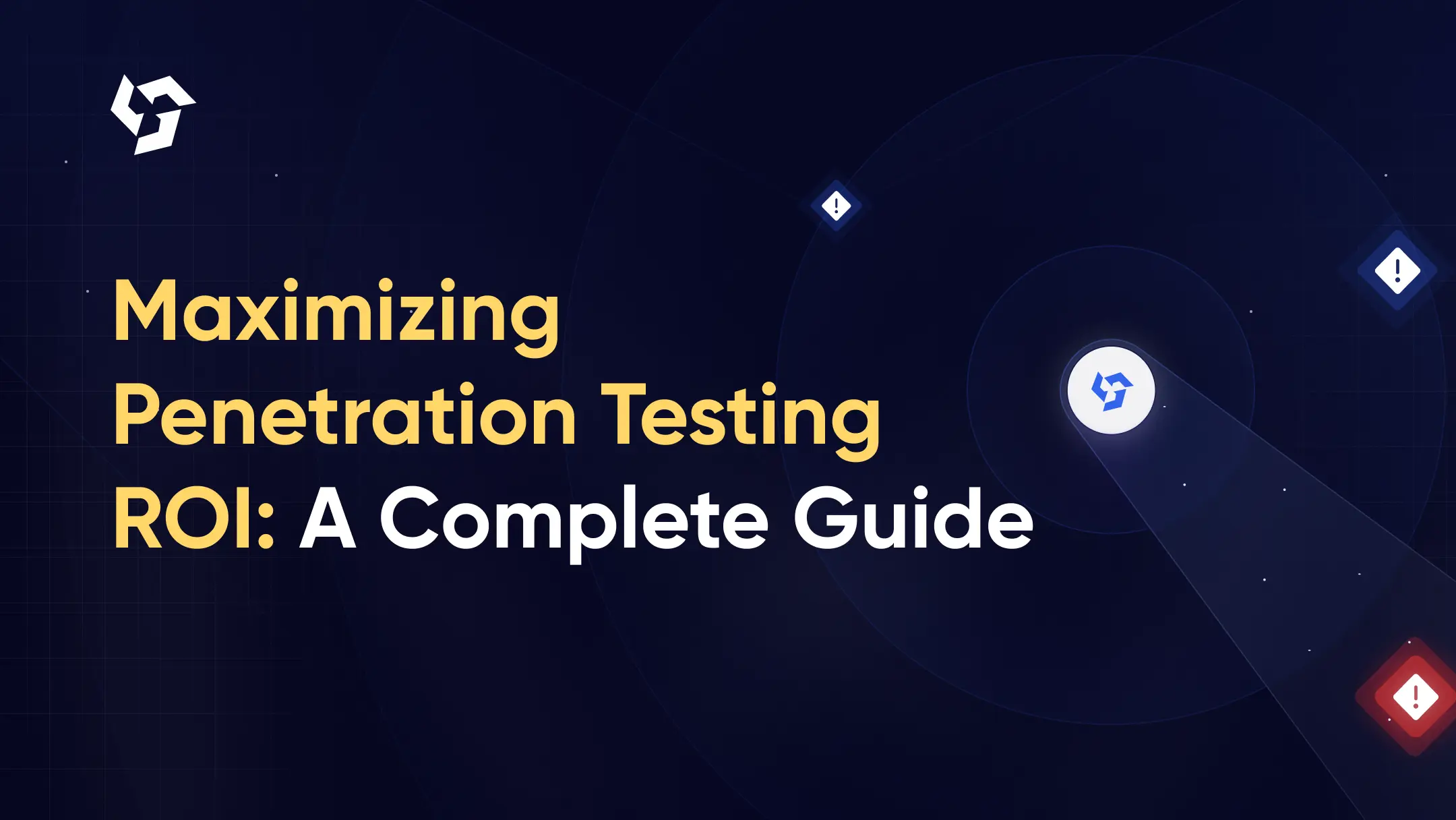

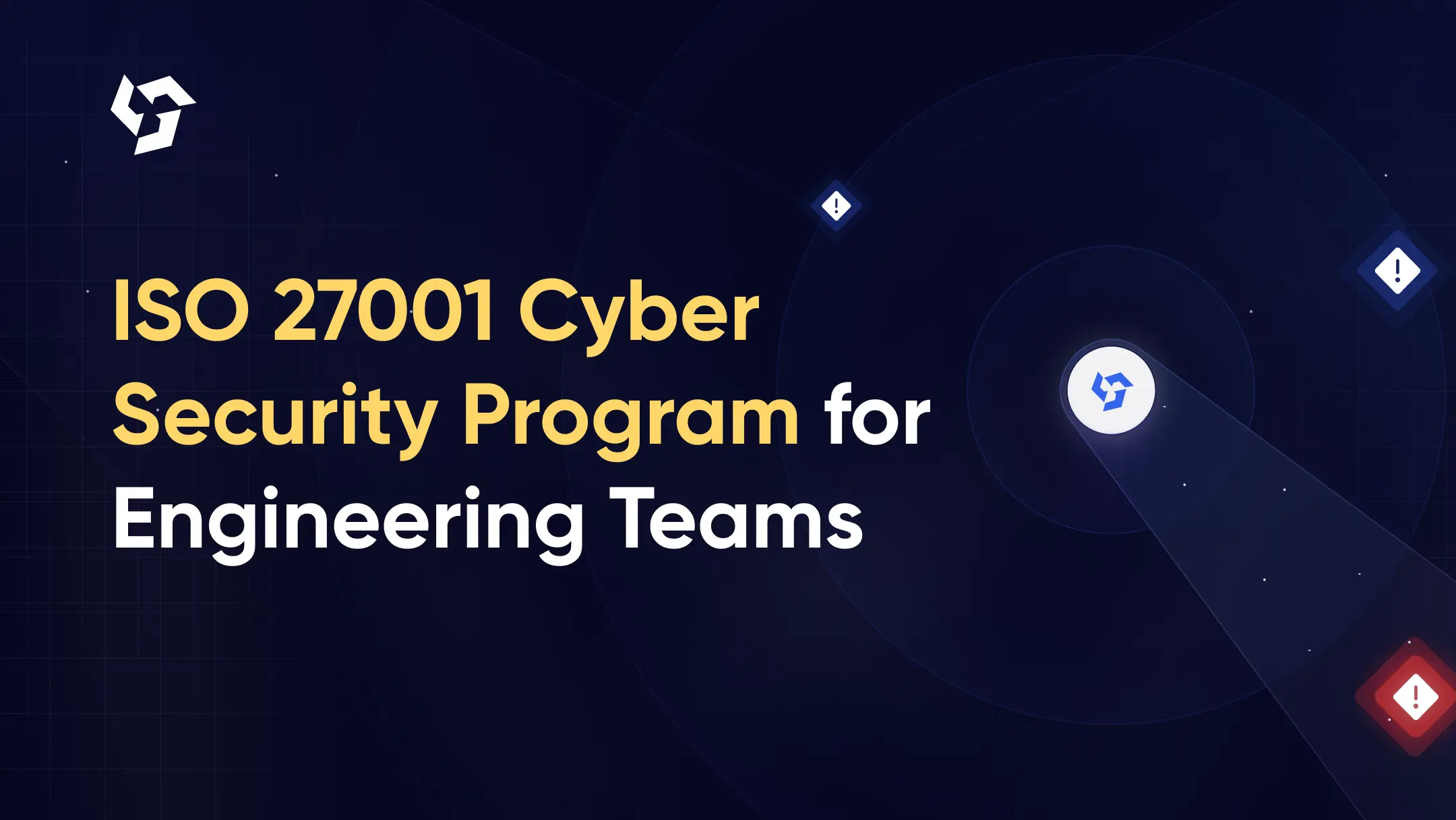
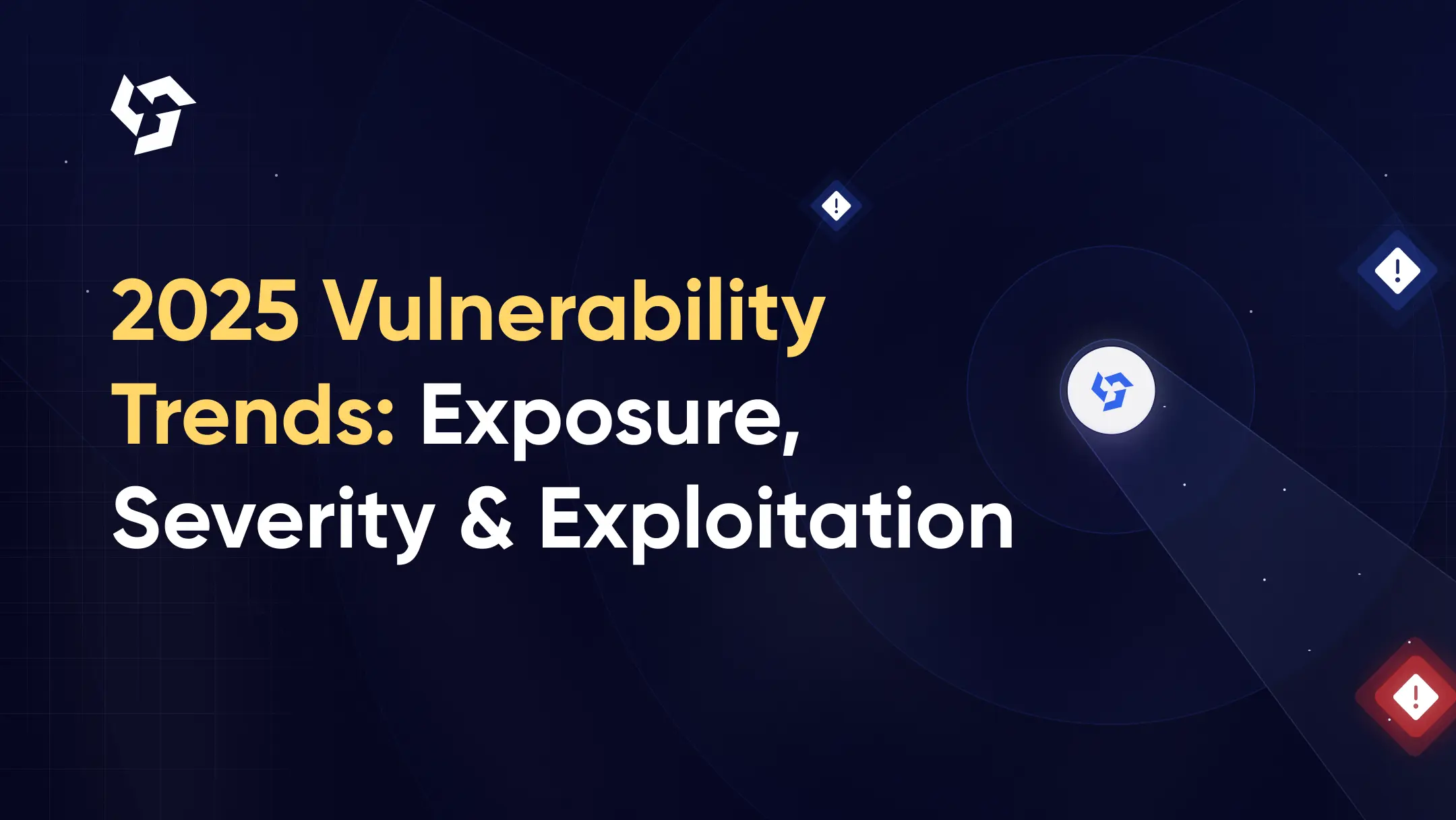
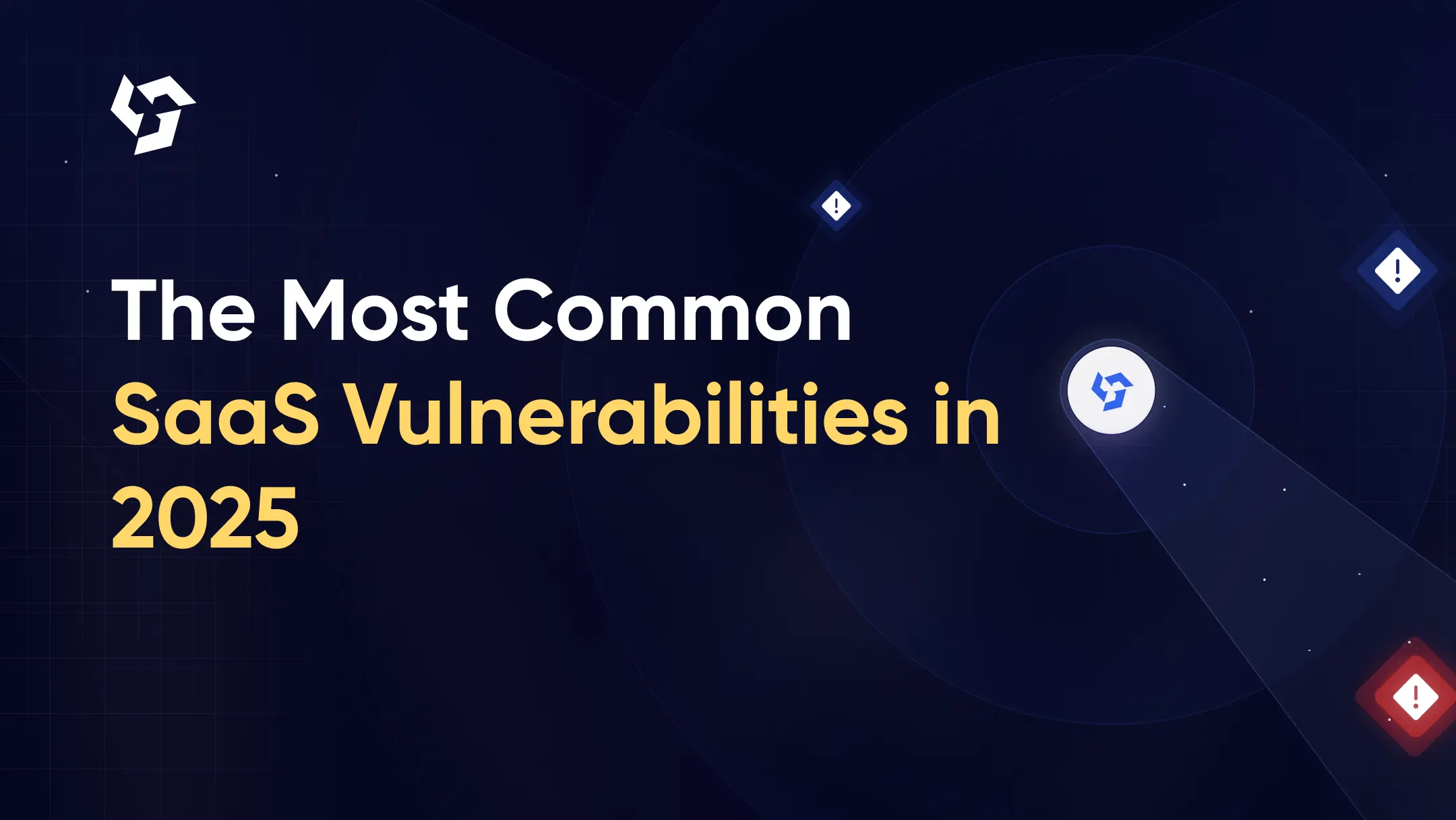





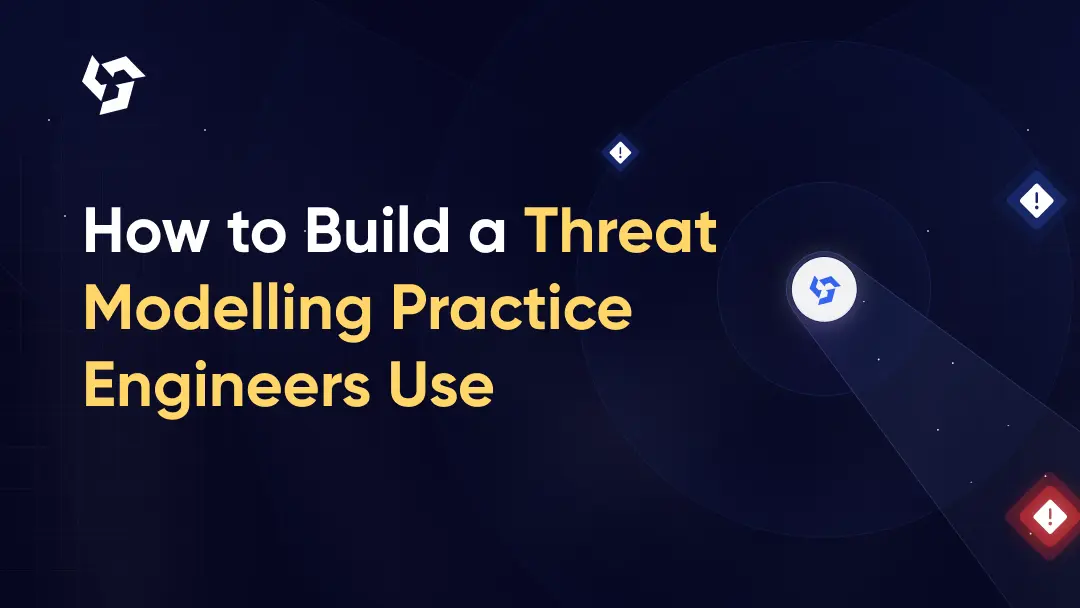
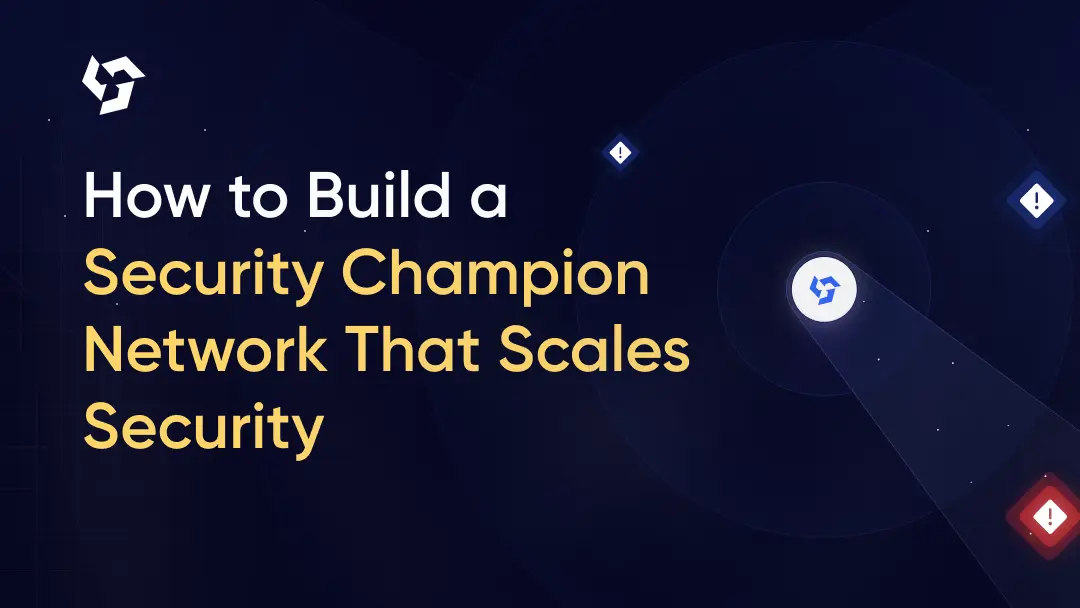

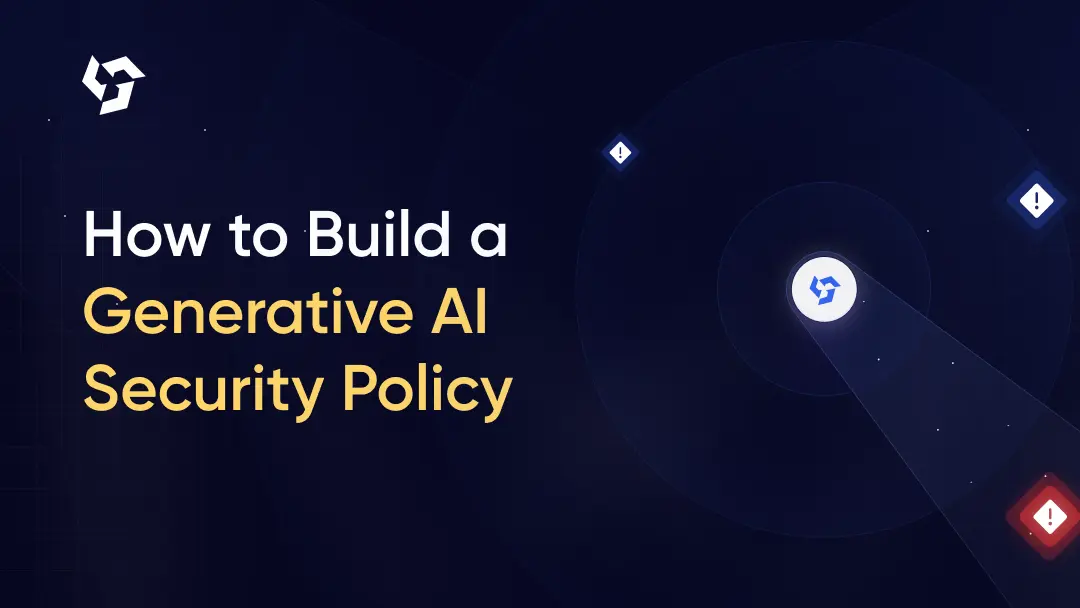
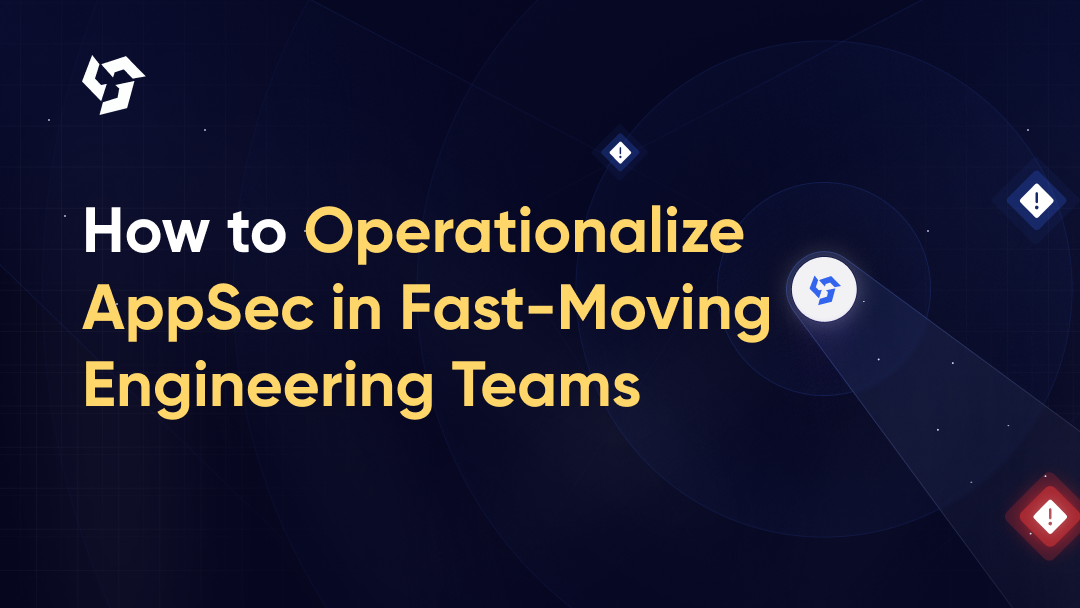

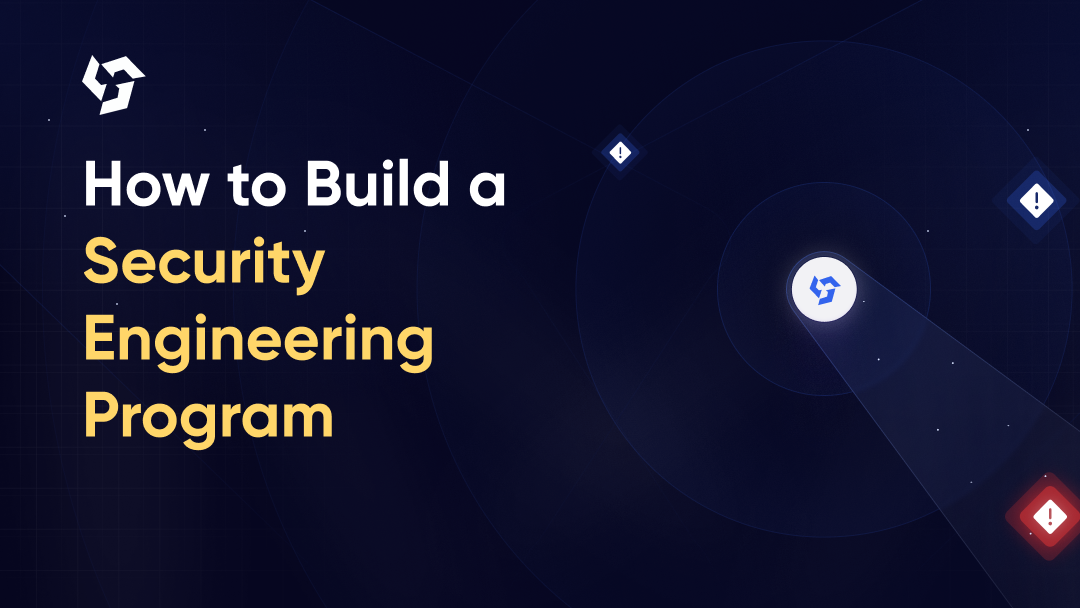
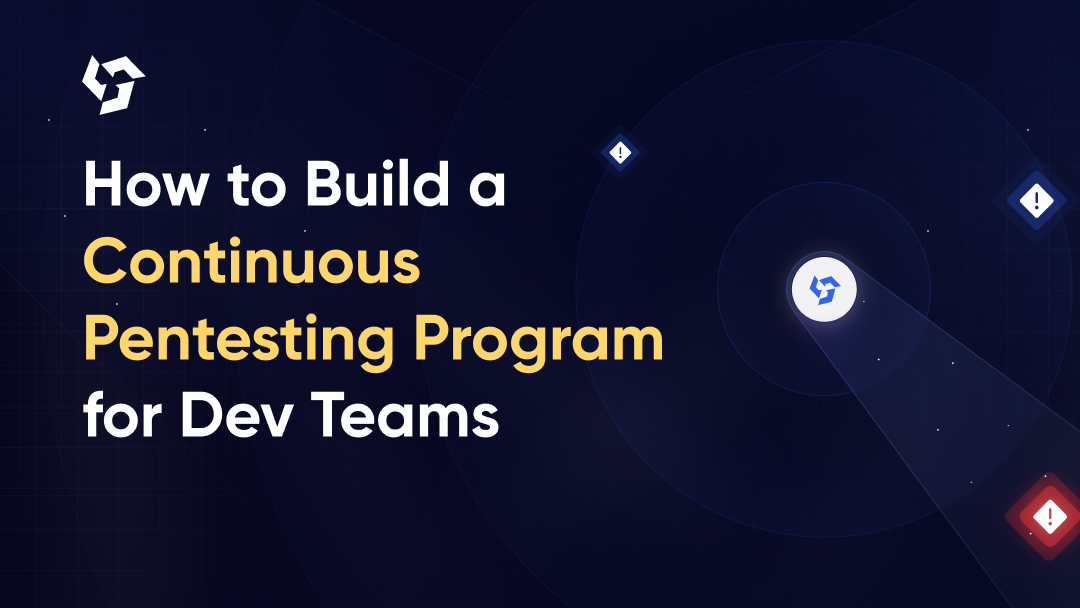

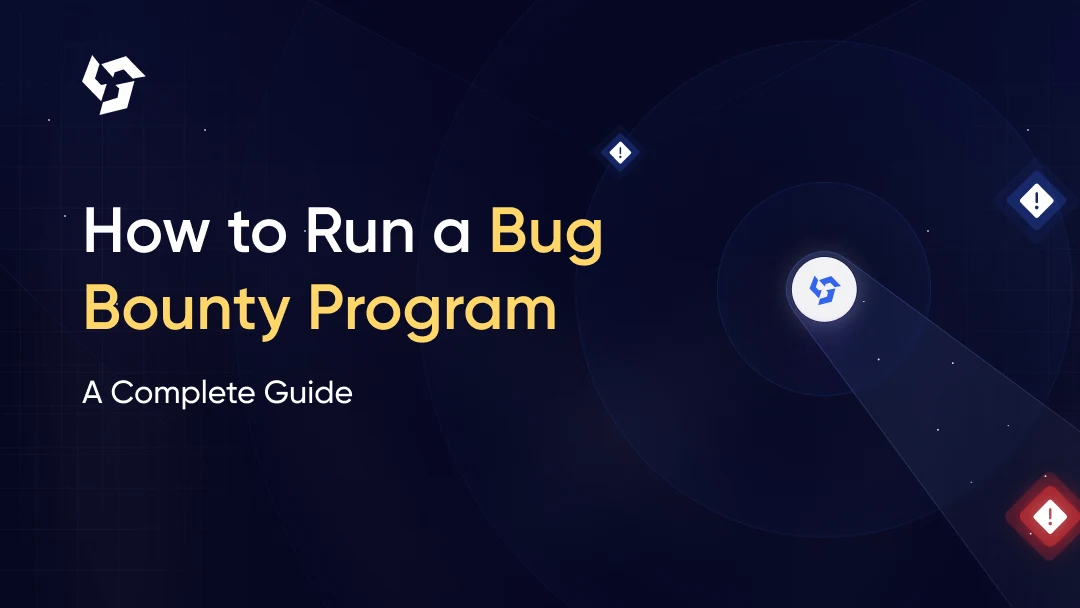


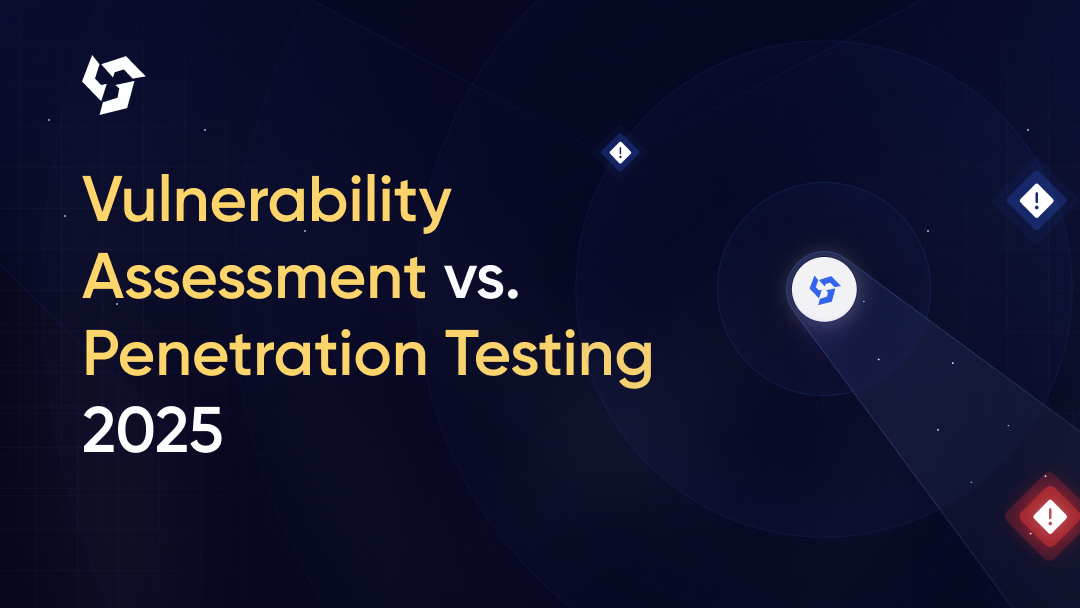

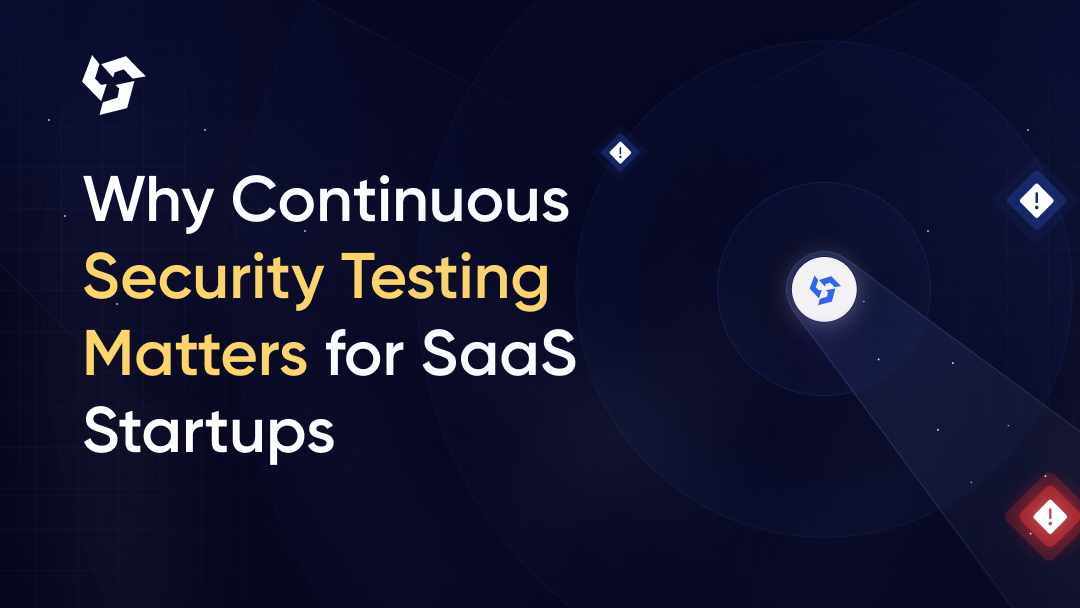
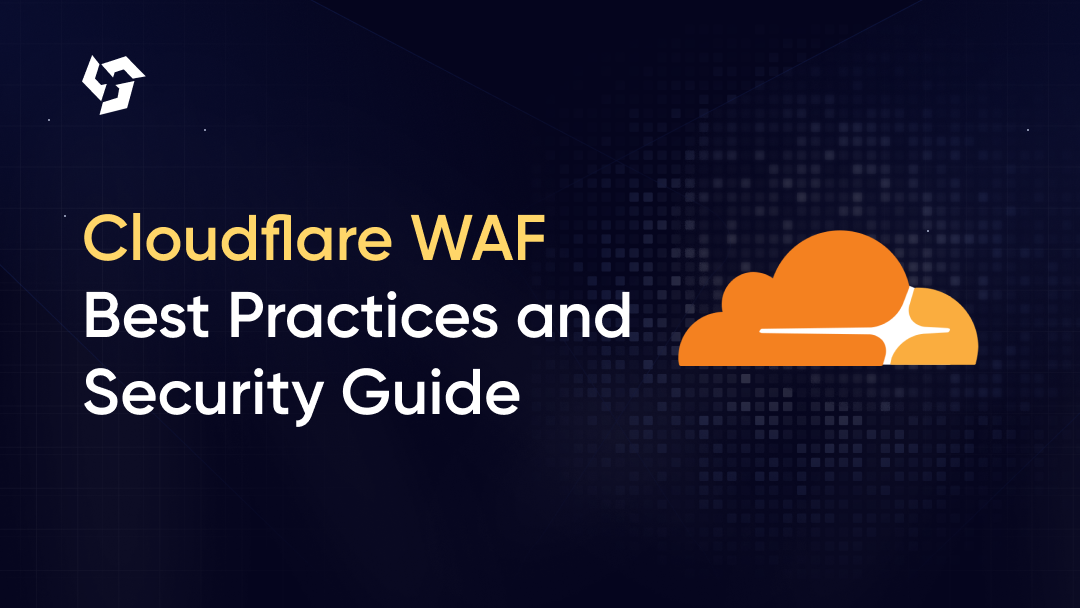

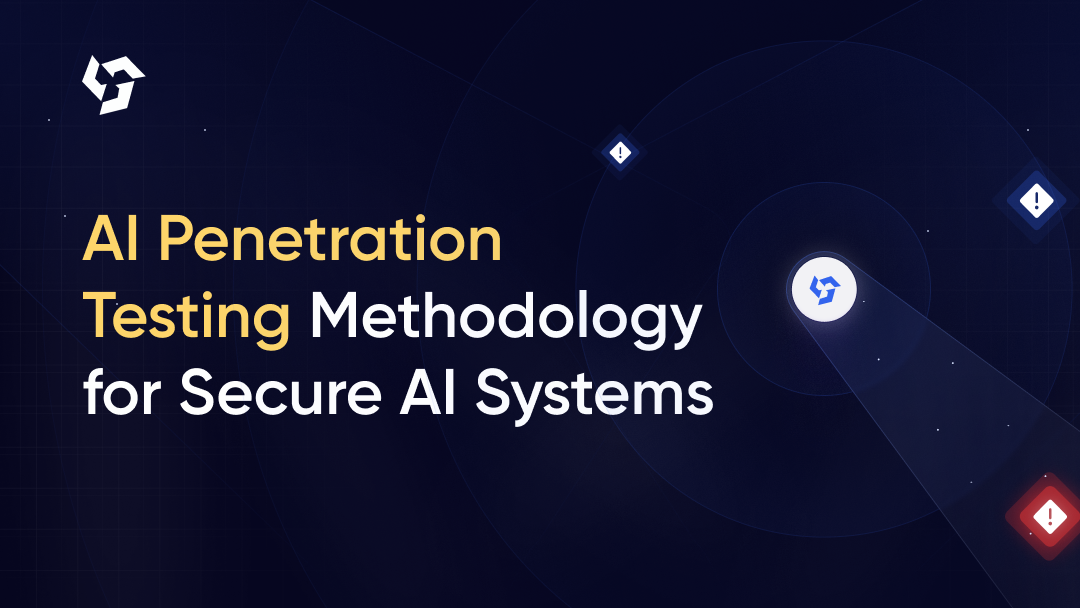
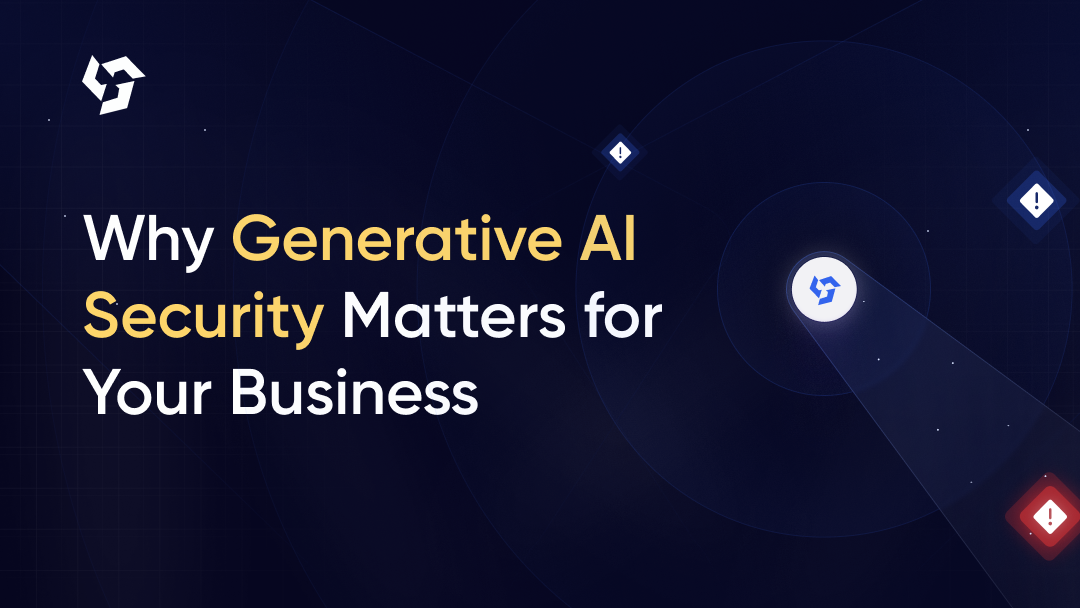
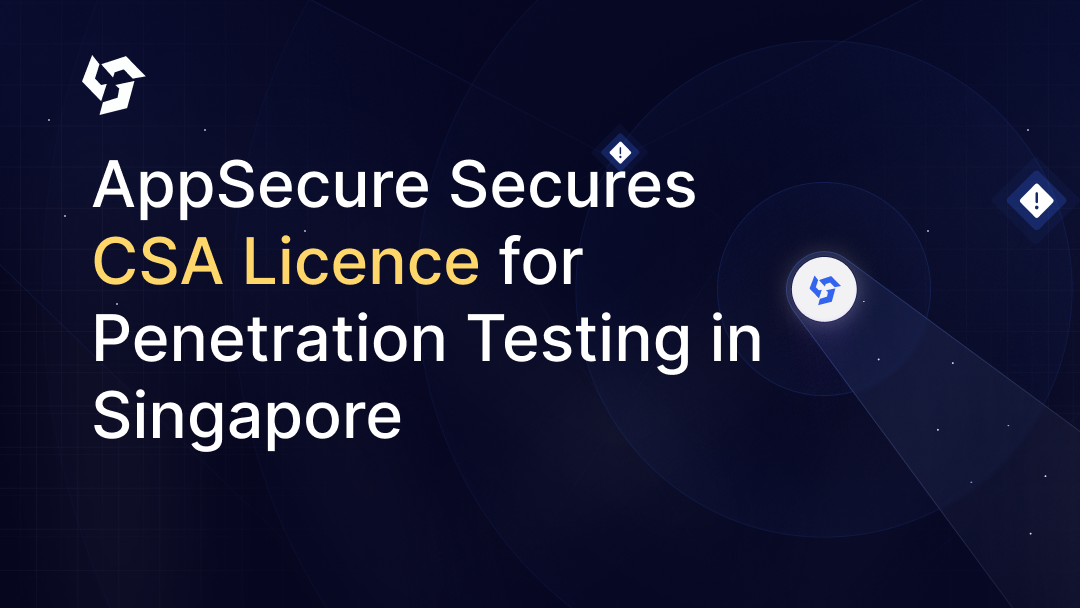
.png)
.png)
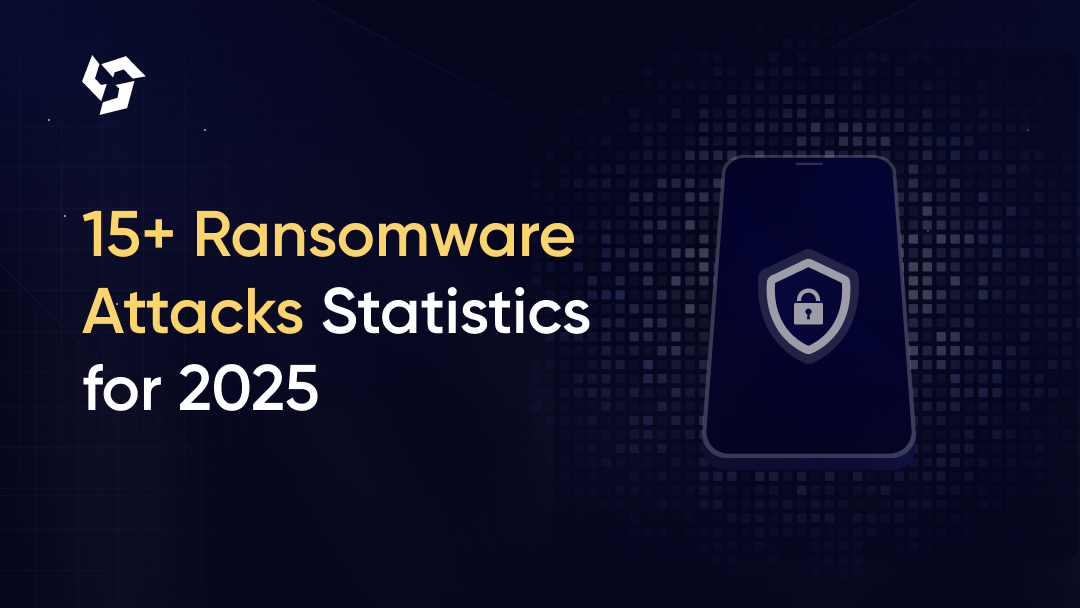
.png)
.png)
.png)
.png)
.png)
.png)
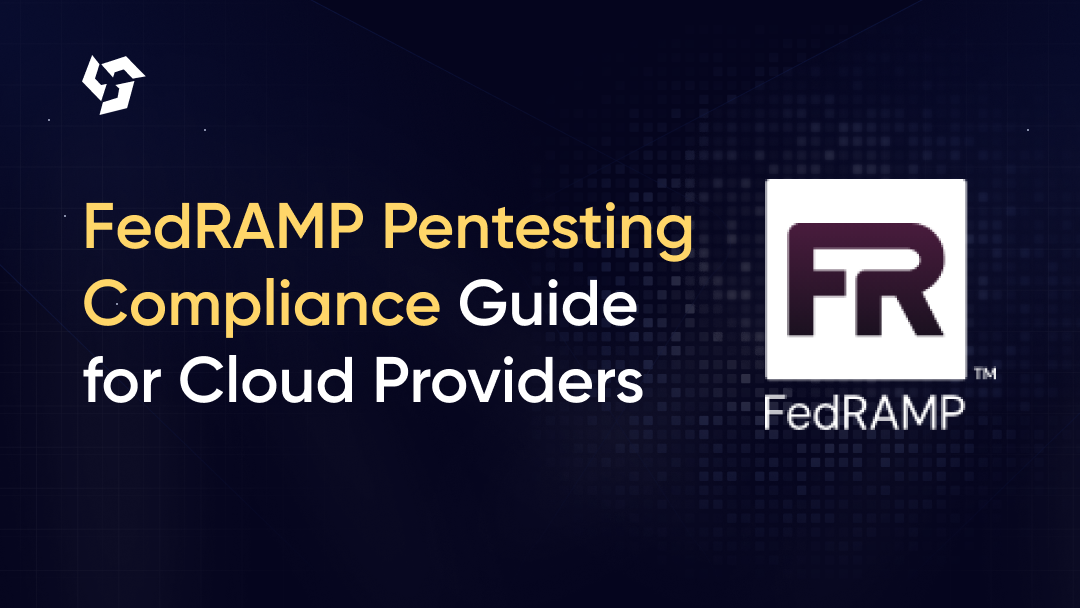
.png)
.png)
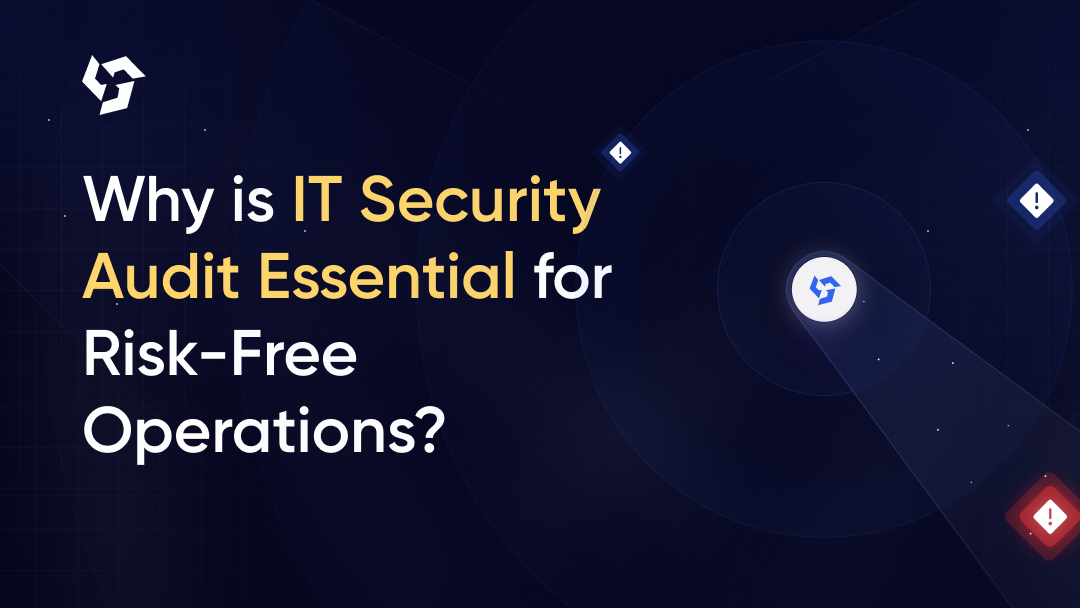

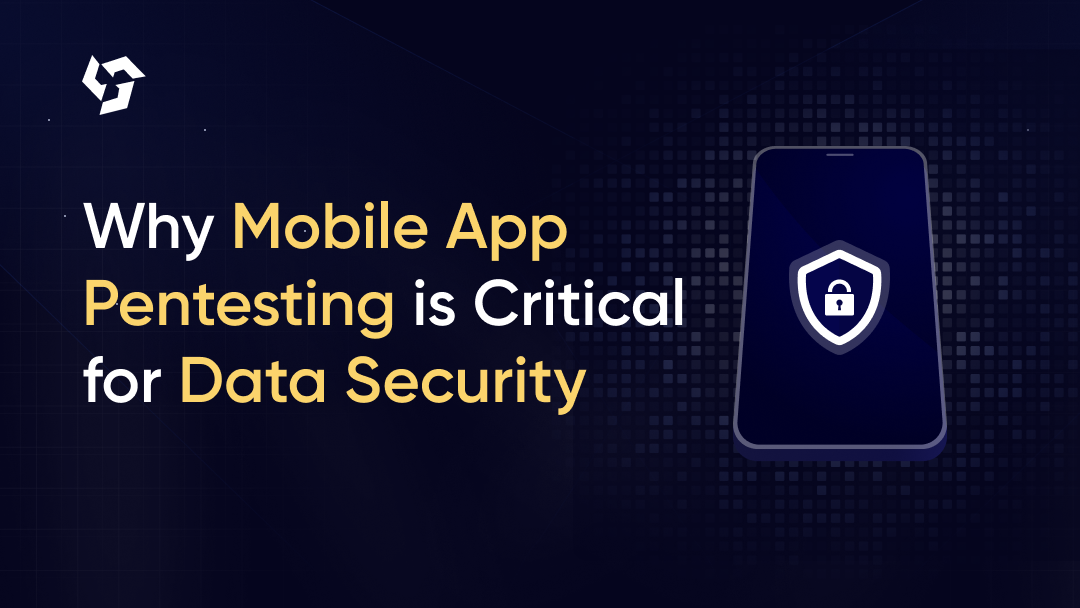
.png)
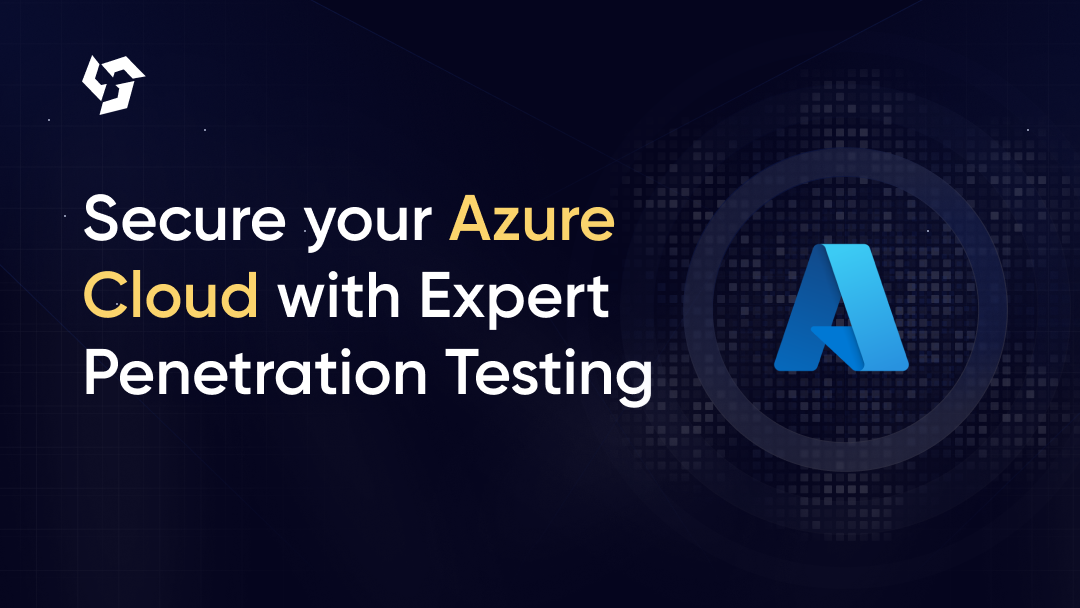
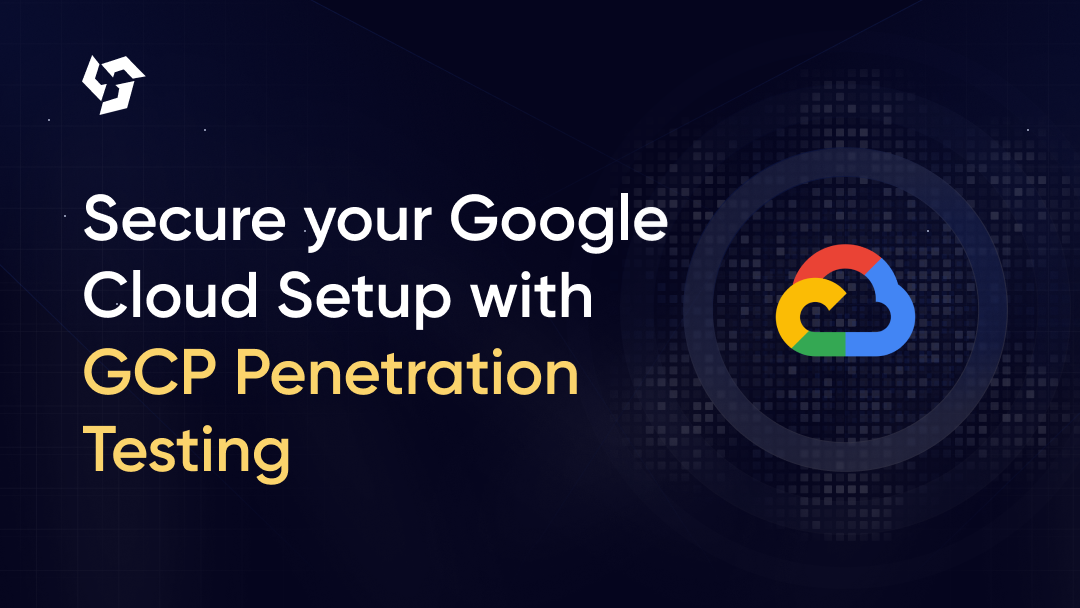
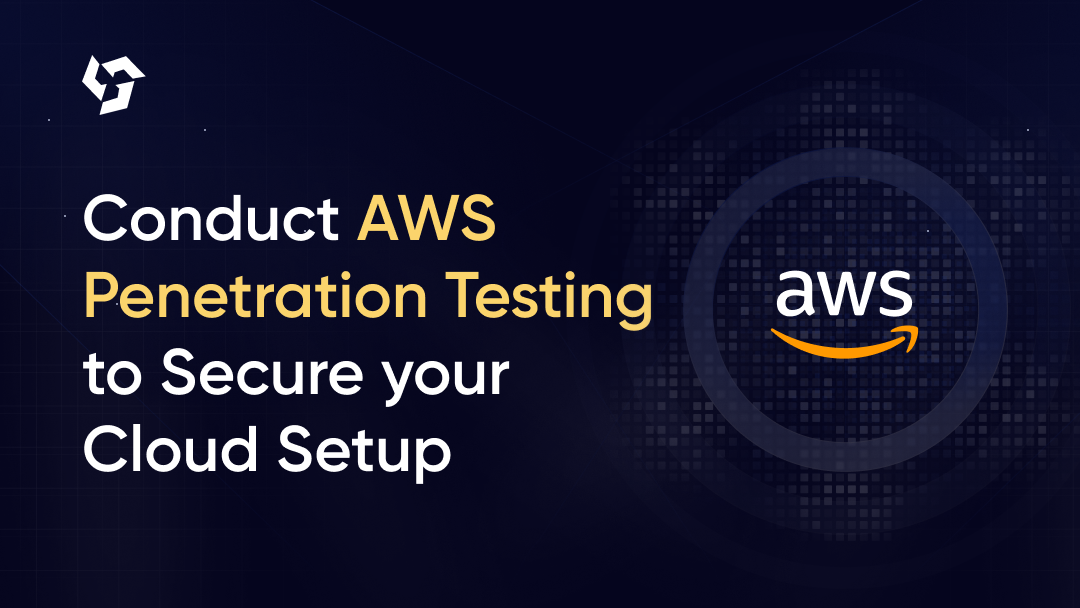
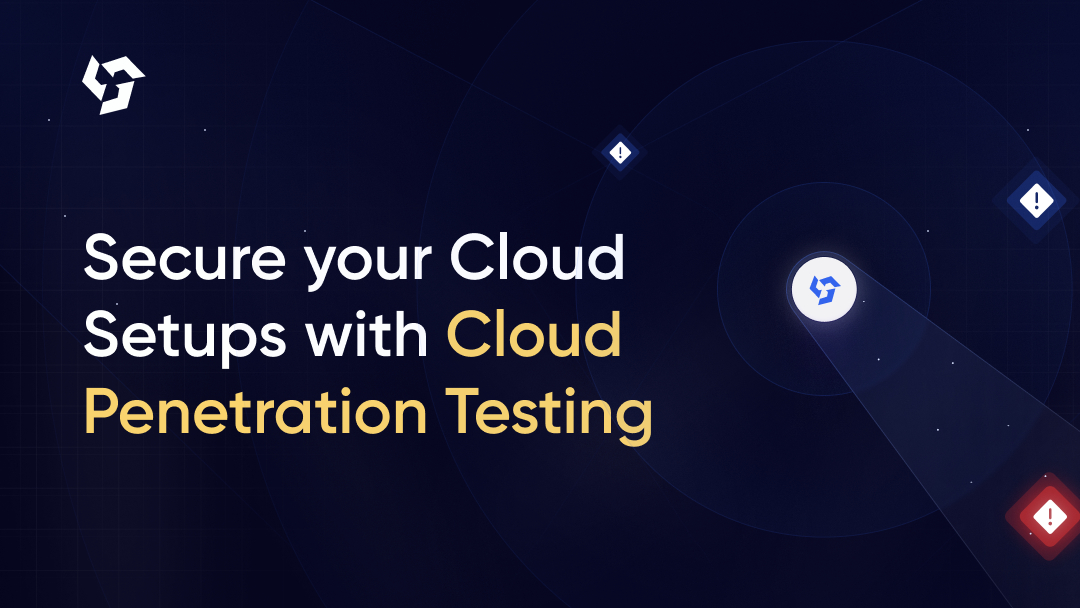
.png)
.png)
.png)
.png)
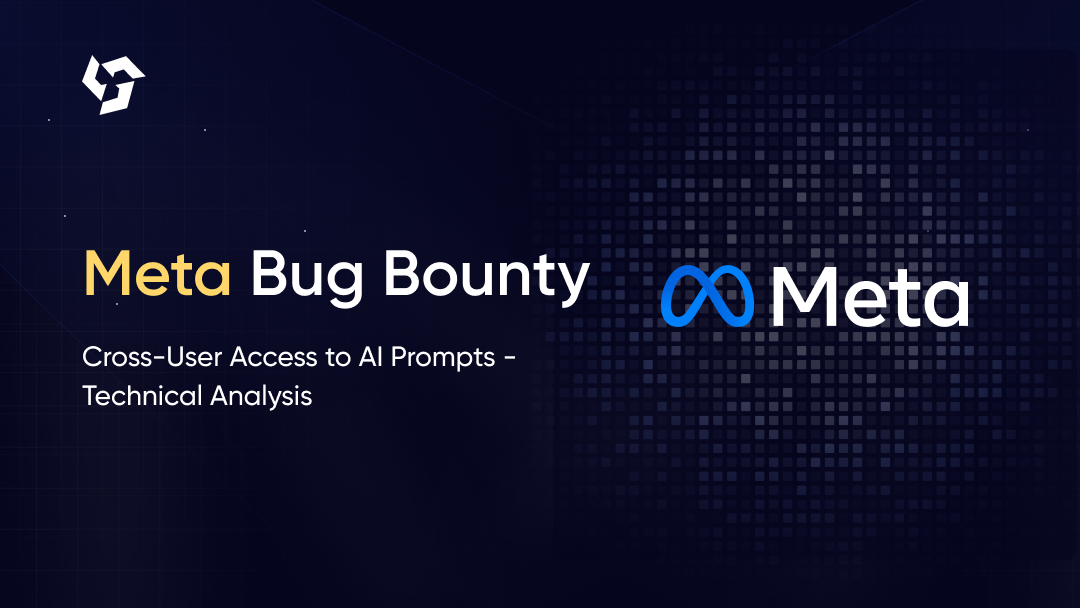
.png)
.png)
.png)

.png)
.png)
.png)
.png)
.png)

.png)









.webp)





.webp)


.webp)

.webp)



.webp)

.webp)
.webp)

.png)




.webp)
